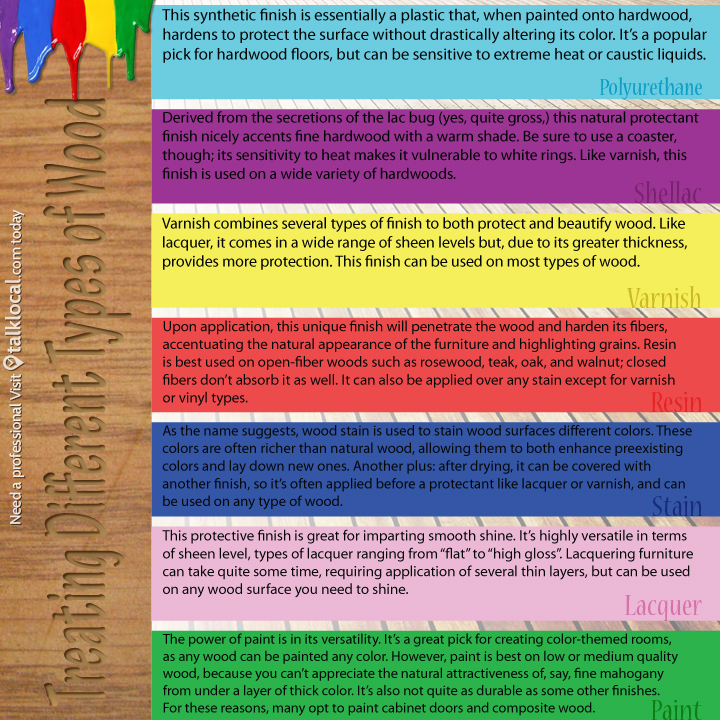Expose The Enthralling Experience Of Remodeling Aged Cabinets, Revealing Untold Tales And Unlocking The Secrets Of Classical Times
Expose The Enthralling Experience Of Remodeling Aged Cabinets, Revealing Untold Tales And Unlocking The Secrets Of Classical Times
Blog Article
Authored By-Justice Lyons
To start the journey of restoring antique cupboards, you require a keen eye for detail. Visualize revealing kitchen and bath remodeling contractors within each layer of background embedded in the timber. what is a bench carpenter of revitalizing a once-forgotten piece to its previous splendor. Every step of this thorough process holds the crucial to preserving the past while producing a future antique. So, are you all set to embark on this transformative undertaking and unlock the potential of your antique cabinets?
Analyzing the Closet's Problem
When beginning the restoration process, begin by evaluating the problem of the antique cupboard. Meticulously examine the total structure for any type of indicators of damage such as fractures, chips, or loose joints. Examine laminate supply for any type of rot, warping, or insect invasion that might have taken place gradually. It's critical to identify the level of the reconstruction required prior to continuing further.
Next, evaluate the cabinet's hardware such as hinges, handles, and locks. Make note of any kind of missing items or components that need repair work or substitute. Make sure that all hardware is functioning correctly and safely connected to the cabinet.
Additionally, evaluate the cabinet's finish. Seek any kind of scrapes, stains, or staining that might affect the aesthetic appeal. Identify if the surface requires to be removed and reapplied or if a straightforward touch-up will suffice.
Collecting the Necessary Devices and Materials
After evaluating the problem of the antique closet, the following step is to gather the necessary devices and materials for the restoration process. Before you begin, ensure you have the adhering to products available:
- wood cleaner
- sandpaper in different grits
- timber filler
- paint or wood stain
- brushes
- handwear covers
- security goggles
- a dust mask
- a drop cloth
- a putty blade
- a hammer
- a screwdriver
- a vacuum
These devices and products are necessary for a successful reconstruction.
Wood cleaner is important for removing years of dirt and grime build-up, preparing the surface area for sanding. Sandpaper of various grits helps in smoothing out flaws and preparing the wood for a new finish. Timber filler comes in handy for repairing any splits, holes, or damages existing in the cabinet.
Repaint or timber stain, in addition to brushes, permit you to personalize the cabinet to your choice. Remember to use handwear covers, safety and security goggles, and a dust mask for defense. Put down a ground cloth to shield your workspace, and use a vacuum cleaner to tidy up any type of particles.
With these devices and materials gathered, you're ready to begin the remediation process.
Implementing the Repair Process
To successfully execute the restoration process on your antique cupboard, begin by thoroughly cleaning the surface area with the timber cleaner. This action is critical as it helps remove years of dust, crud, and old polish that may have built up externally.
When the cabinet is tidy and dry, examine the problem of the timber. Seek any splits, scratches, or other problems that require to be resolved. Usage wood filler to repair any kind of blemishes, ensuring to match the filler shade to the wood tone for a seamless coating.
After the repairs have actually dried out, gently sand the whole surface area to produce a smooth and also base for the new coating. Beware not to sand too aggressively, as you don't want to harm the timber below.
Once the sanding is complete, apply a wood stain or finish of your selection, complying with the producer's guidelines. Enable the surface to completely dry totally before using a safety top coat to guarantee the long life of your brought back antique cupboard.
Conclusion
Since you have actually finished the repair procedure, your antique cabinet looks as good as new.
By complying with the step-by-step guide, you were able to assess, repair, and boost its condition effortlessly.
With a fresh finish and protective leading layer, your cherished piece will certainly remain to beam for many years to come.
Appreciate the beauty of your restored antique closet!
